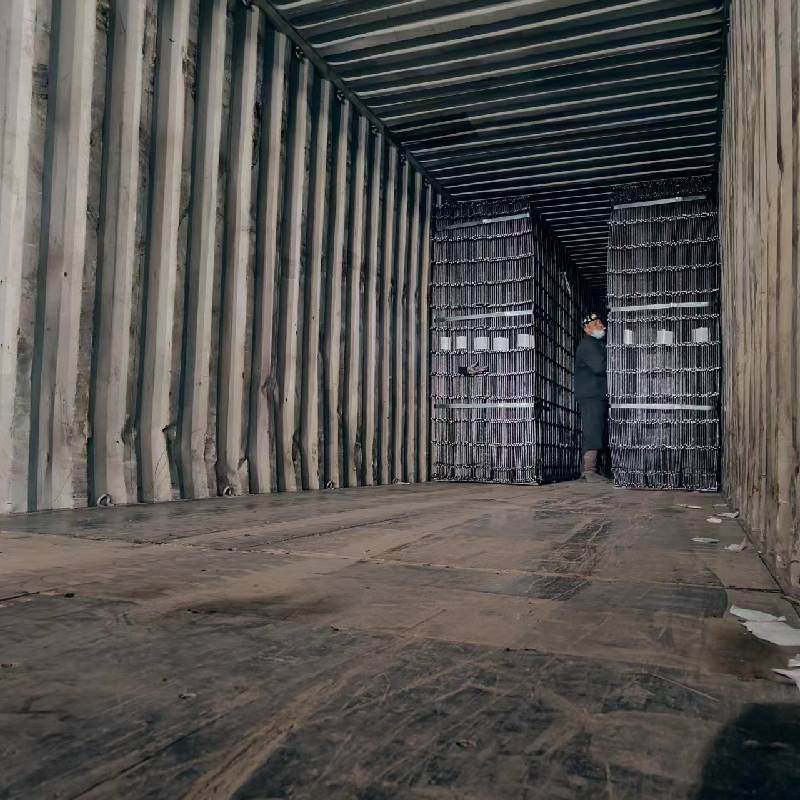
- Mobile Phone
- +8613931874955
- sales@cntcmetal.com
Understanding Wall Tie Failure and Its Implications for Building Integrity and Safety
Understanding Wall Tie Failure Causes, Consequences, and Solutions
Wall ties are vital components in the structure of cavity walls, which consist of two layers of masonry separated by a gap or cavity. These ties ensure structural integrity by anchoring the outer leaf to the inner leaf, providing stability and preventing structural movement. However, wall tie failure can lead to significant issues in buildings and is a topic that demands attention from homeowners, builders, and engineers alike.
What is Wall Tie Failure?
Wall tie failure occurs when these ties become ineffective, leading to a compromised structural connection between the two layers of a cavity wall. This failure can manifest in various ways, including corrosion of the ties, movement of the wall leaves, and ultimately, structural instability. The failure may not always be immediately visible, making it crucial to understand its signs and associated risks.
Causes of Wall Tie Failure
There are several factors that can contribute to wall tie failure
1. Corrosion One of the primary causes of wall tie failure is corrosion, particularly in ties made from steel. Moisture that penetrates the outer leaf can lead to rusting, which expands the metal and compromises its structural integrity.
2. Material Quality The quality and type of materials used for wall ties can significantly influence their lifespan. Inferior materials may not withstand environmental conditions, leading to premature failure.
3. Poor Installation Improper installation techniques can also contribute to wall tie failure. If ties are not adequately spaced or secured, they may not perform their intended function, leading to structural issues.
4. Building Movement As buildings settle over time, movement can stress wall ties, especially if joints are not designed to accommodate such changes. This movement can eventually cause the ties to distort or break.
what is wall tie failure

5. Environmental Factors Exposure to harsh weather conditions, including heavy rain, snow, and temperature fluctuations, can accelerate deterioration, particularly in coastal or industrial areas where the environment is more corrosive.
Consequences of Wall Tie Failure
The impacts of wall tie failure can be severe. The most immediate consequence is the risk of structural failure. As the connection between the two leaves of the wall weakens, it can lead to bowing, cracking, or even collapse in extreme cases. This not only poses safety risks to occupants but can also lead to costly repairs.
Additionally, wall tie failure can result in increased energy costs. A compromised cavity wall may lead to reduced insulation performance, causing heat loss in the winter and overheating in the summer. This can create uncomfortable living conditions and escalate energy bills.
Diagnosing and Addressing Wall Tie Failure
Recognizing the early signs of wall tie failure is key to preventing severe damage. Homeowners should be vigilant for symptoms such as cracks in the wall, bulging bricks, and damp patches, particularly near the base of walls. Regular inspections by qualified professionals can help identify issues before they escalate.
If wall tie failure is detected, several solutions are available. Reinforcement of existing ties, installation of new ties, or even complete rebuilding of affected wall sections may be necessary. In cases of severe corrosion, upgrading to non-corrosive materials, such as stainless steel or plastic ties, can provide a more durable solution.
Conclusion
Wall tie failure is a significant concern for anyone involved in building maintenance, construction, or real estate. Understanding the causes, consequences, and solutions to this issue is critical to ensuring the long-term integrity of cavity walls. Regular inspections, proactive maintenance, and appropriate repairs can help mitigate the risks associated with wall tie failure, ultimately safeguarding both the structure and its occupants.
share:
-
Why Sacrificial Formwork Is Redefining Underground ConstructionNewsJun.06,2025
-
The Structural Dynamics of Modern Concrete: How Snake Spacers Revolutionize Flexible ReinforcementNewsJun.06,2025
-
Snake Spacers Smart-Lock Concrete Reinforcement with Surgical PrecisionNewsJun.06,2025
-
Snake Spacers: Reinforcement Precision for Modern Concrete ProjectsNewsJun.06,2025
-
Snake Spacers Powering Concrete's Structural DNANewsJun.06,2025
-
Slither into Success: Snake Spacers' Precision Bite for Unbreakable ReinforcementNewsJun.06,2025
-
Sacrificial Formwork: Building Stronger, Faster, and Safer StructuresNewsJun.06,2025



















